Porsche 2009 Annual Report Download - page 162
Download and view the complete annual report
Please find page 162 of the 2009 Porsche annual report below. You can navigate through the pages in the report by either clicking on the pages listed below, or by using the keyword search tool below to find specific information within the annual report.-
 1
1 -
 2
2 -
 3
3 -
 4
4 -
 5
5 -
 6
6 -
 7
7 -
 8
8 -
 9
9 -
 10
10 -
 11
11 -
 12
12 -
 13
13 -
 14
14 -
 15
15 -
 16
16 -
 17
17 -
 18
18 -
 19
19 -
 20
20 -
 21
21 -
 22
22 -
 23
23 -
 24
24 -
 25
25 -
 26
26 -
 27
27 -
 28
28 -
 29
29 -
 30
30 -
 31
31 -
 32
32 -
 33
33 -
 34
34 -
 35
35 -
 36
36 -
 37
37 -
 38
38 -
 39
39 -
 40
40 -
 41
41 -
 42
42 -
 43
43 -
 44
44 -
 45
45 -
 46
46 -
 47
47 -
 48
48 -
 49
49 -
 50
50 -
 51
51 -
 52
52 -
 53
53 -
 54
54 -
 55
55 -
 56
56 -
 57
57 -
 58
58 -
 59
59 -
 60
60 -
 61
61 -
 62
62 -
 63
63 -
 64
64 -
 65
65 -
 66
66 -
 67
67 -
 68
68 -
 69
69 -
 70
70 -
 71
71 -
 72
72 -
 73
73 -
 74
74 -
 75
75 -
 76
76 -
 77
77 -
 78
78 -
 79
79 -
 80
80 -
 81
81 -
 82
82 -
 83
83 -
 84
84 -
 85
85 -
 86
86 -
 87
87 -
 88
88 -
 89
89 -
 90
90 -
 91
91 -
 92
92 -
 93
93 -
 94
94 -
 95
95 -
 96
96 -
 97
97 -
 98
98 -
 99
99 -
 100
100 -
 101
101 -
 102
102 -
 103
103 -
 104
104 -
 105
105 -
 106
106 -
 107
107 -
 108
108 -
 109
109 -
 110
110 -
 111
111 -
 112
112 -
 113
113 -
 114
114 -
 115
115 -
 116
116 -
 117
117 -
 118
118 -
 119
119 -
 120
120 -
 121
121 -
 122
122 -
 123
123 -
 124
124 -
 125
125 -
 126
126 -
 127
127 -
 128
128 -
 129
129 -
 130
130 -
 131
131 -
 132
132 -
 133
133 -
 134
134 -
 135
135 -
 136
136 -
 137
137 -
 138
138 -
 139
139 -
 140
140 -
 141
141 -
 142
142 -
 143
143 -
 144
144 -
 145
145 -
 146
146 -
 147
147 -
 148
148 -
 149
149 -
 150
150 -
 151
151 -
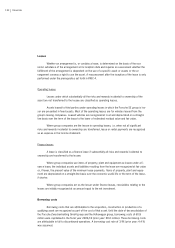 152
152 -
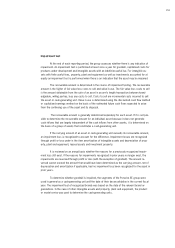 153
153 -
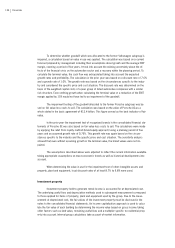 154
154 -
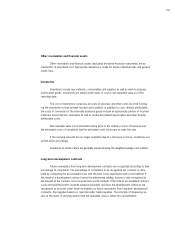 155
155 -
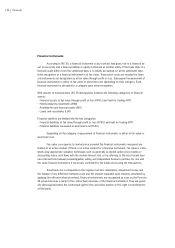 156
156 -
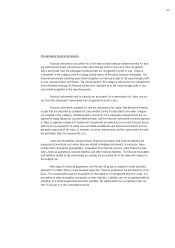 157
157 -
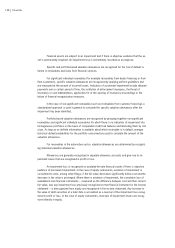 158
158 -
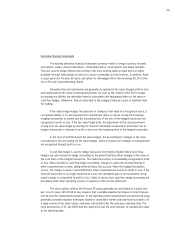 159
159 -
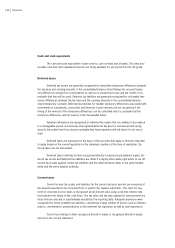 160
160 -
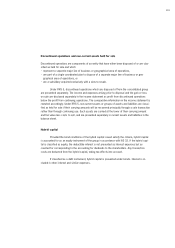 161
161 -
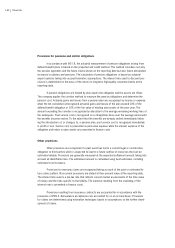 162
162 -
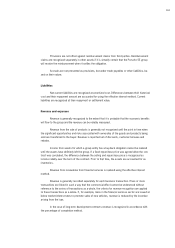 163
163 -
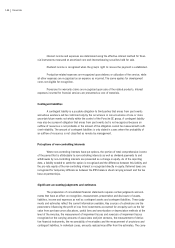 164
164 -
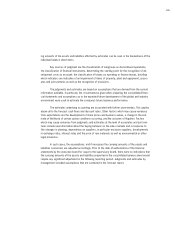 165
165 -
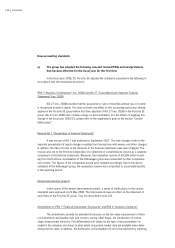 166
166 -
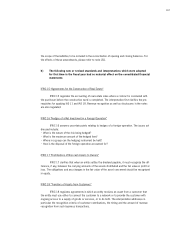 167
167 -
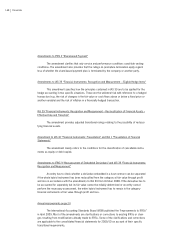 168
168 -
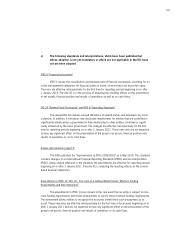 169
169 -
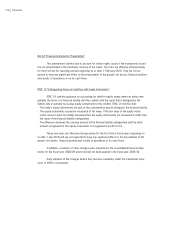 170
170 -
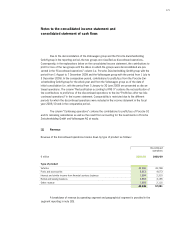 171
171 -
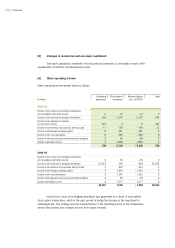 172
172 -
 173
173 -
 174
174 -
 175
175 -
 176
176 -
 177
177 -
 178
178 -
 179
179 -
 180
180 -
 181
181 -
 182
182 -
 183
183 -
 184
184 -
 185
185 -
 186
186 -
 187
187 -
 188
188 -
 189
189 -
 190
190 -
 191
191 -
 192
192 -
 193
193 -
 194
194 -
 195
195 -
 196
196 -
 197
197 -
 198
198 -
 199
199 -
 200
200 -
 201
201 -
 202
202 -
 203
203 -
 204
204 -
 205
205 -
 206
206 -
 207
207 -
 208
208 -
 209
209 -
 210
210 -
 211
211 -
 212
212 -
 213
213 -
 214
214 -
 215
215 -
 216
216 -
 217
217 -
 218
218 -
 219
219 -
 220
220 -
 221
221 -
 222
222 -
 223
223 -
 224
224 -
 225
225 -
 226
226 -
 227
227 -
 228
228 -
 229
229 -
 230
230 -
 231
231 -
 232
232 -
 233
233 -
 234
234 -
 235
235 -
 236
236 -
 237
237 -
 238
238 -
 239
239 -
 240
240 -
 241
241 -
 242
242 -
 243
243 -
 244
244 -
 245
245 -
 246
246 -
 247
247 -
 248
248 -
 249
249 -
 250
250 -
 251
251 -
 252
252 -
 253
253 -
 254
254 -
 255
255 -
 256
256 -
 257
257 -
 258
258 -
 259
259 -
 260
260 -
 261
261 -
 262
262 -
 263
263 -
 264
264 -
 265
265 -
 266
266 -
 267
267 -
 268
268 -
 269
269 -
 270
270 -
 271
271 -
 272
272 -
 273
273 -
 274
274 -
 275
275
 |
 |

162 Financials
Provisions for pensions and similar obligations
In accordance with IAS 19, the actuarial measurement of pension obligations arising from
defined benefit plans is based on the projected unit credit method. This method considers not only
the pension payments and the future claims known on the reporting date but also future anticipated
increases in salaries and pensions. The calculation of pension obligations is based on actuarial
expert opinions taking into account biometric assumptions. The interest rate used to discount pro-
visions is determined on the basis of the return on long-term high-quality corporate bonds at the
reporting date.
If pension obligations are funded by plan assets the obligation and the assets are offset.
The company applies the corridor method to measure the pension obligations and determine the
pension cost. Actuarial gains and losses from a pension plan are recognized as income or expense
when the net cumulative unrecognized actuarial gains and losses of the plan exceed 10% of the
defined benefit obligation or 10% of the fair value of existing plan assets of the prior year. The
amount exceeding the corridor is recognized by allocation to the average remaining working lives of
the employees. Past service cost is recognized on a straight-line basis over the average period until
the benefits become vested. To the extent that the benefits are already vested immediately follow-
ing the introduction of, or changes to, a pension plan, past service cost is recognized immediately
in profit or loss. Service cost is presented as personnel expense while the interest expense of the
obligation and return on plan assets are presented in finance costs.
Other provisions
Other provisions are recognized if a past event has led to a current legal or constructive
obligation to third parties which is expected to lead to a future outflow of resources that can be
estimated reliably. Provisions are generally measured at the expected settlement amount taking into
account all identifiable risks. The settlement amount is calculated using best estimates, including
estimated cost increases.
Provisions for warranty claims are recognized taking account of the past or estimated fu-
ture claims pattern. Non-current provisions are stated at their present value at the reporting date.
The interest rate used is a pre-tax rate that reflects current market assessments of the time value
of money and the risks specific to the liability. The expense resulting from the unwinding of the
interest rate is presented in finance costs.
Provisions resulting from insurance contracts are accounted for in accordance with the
provisions of IFRS 4. Reinsurance acceptances are accounted for on an accrual basis. Provisions
for claims are determined using estimation techniques based on assumptions on the further devel-
opment of claims.
